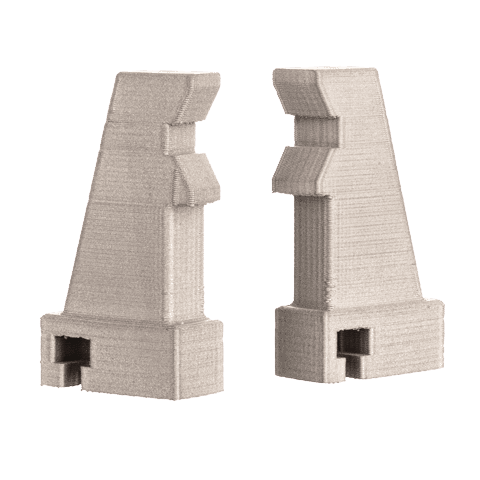The benefits of additive manufacturing for aerospace research, product development and supply chain optimization fuels advancements like never before. No other sector is more able to take advantage of 3D printing benefits, like rapid prototyping and streamlined QC.
The impact has now made 3D printing a mainstay of aerospace engineering from advanced tooling to final part production. The result is a new breed of aerospace companies. Operations that can validate designs and solve production issues faster, better and cheaper than ever before.
The Benefits of Additive Manufacturing for Aerospace
The following are just the most notable aspects of aerospace manufacturing where additive manufacturing enables new levels of innovation.
Design
With over 5,000,000 parts in a commercial aircraft, a faster, more design process can be quite advantageous. 3D printing enables quicker, more robust design prototypes, verification and iterations. It means that designers can expand their horizons and apply more innovations towards a better final product.
Weight Reduction
Since the first powered flight at Kitty Hawk, weight reduction has been key to aerospace innovation. Additive manufacturing has cut the weight of aircraft parts and components by up to 60%. It does so by enabling the use of intricate geometries for remarkable strong, durable and lightweight thermoplastic parts. Even better, those parts mean aircraft can reduce fuel use and carbon emissions.
Production
Additive manufacturing means little or no tooling, less energy consumption and fewer raw materials versus traditional production processes. Another advantage is just-in-time (JIT) production, which means less need for storage space. And more consistent quality reduces costly product defects and returns.
Safety
Safer manufacturing due to streamlined production and more consistent product quality and durability help 3D printing promote new safety innovations in a sector where safety is crucial for every stakeholder.
Materials Development & Testing
The aerospace industry is moving towards certifying more additive manufacturing components for end-use aerospace applications. Rapid prototyping accelerates materials development and testing to meet aerospace standards, including for FST (fire, smoke and toxicity), and requirements for part consistency.
To find out more about the role additive manufacturing plays in other industry sectors, check out our article “Metal Binder Jetting 3D Printing for the Dental Industry“.
